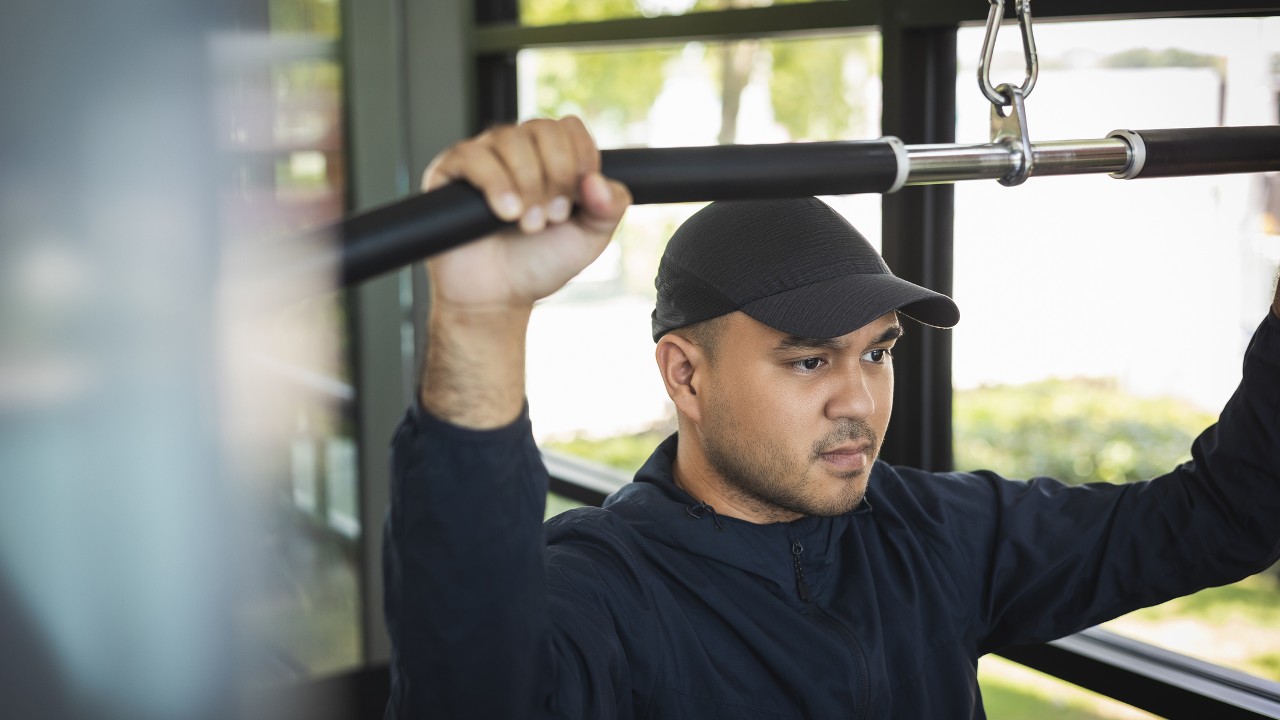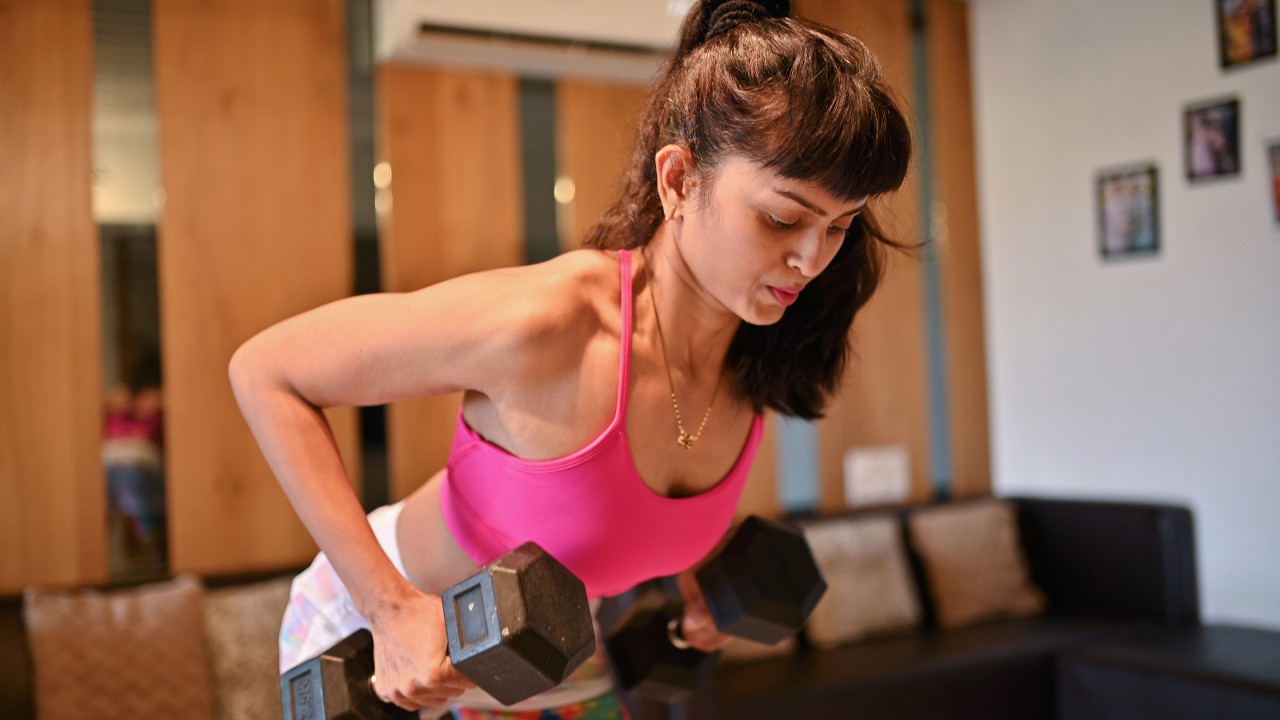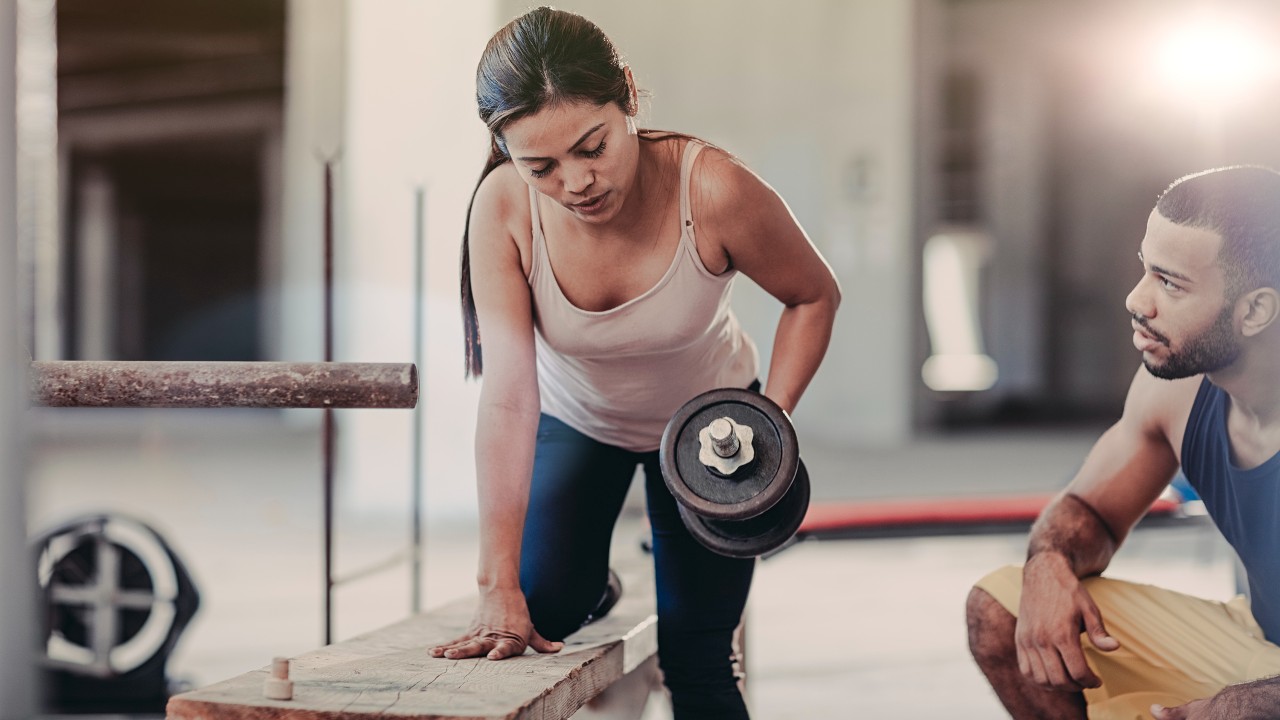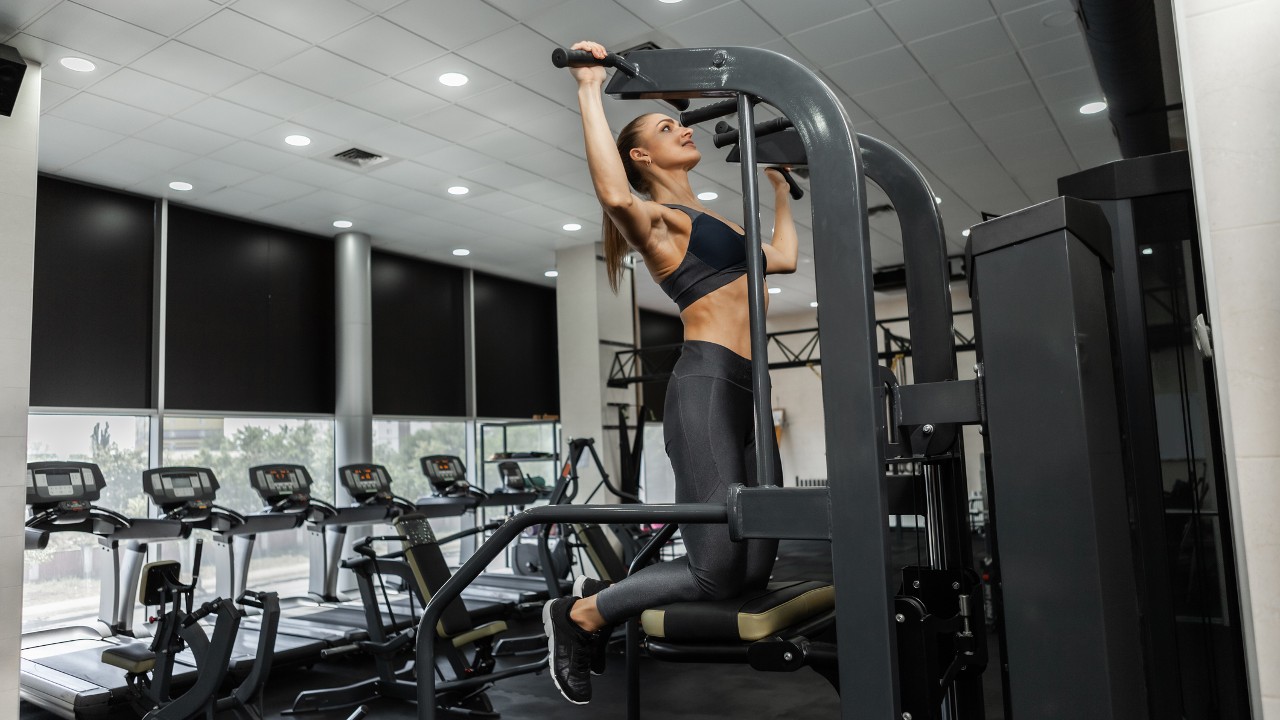This Beginner Back Workout Is Genuinely For Beginners – Not A Full Pull-Up In Sight
Whatever your fitness level, it’s important to train your back regularly, and this straightforward four-move back workout will get you started

Gym-goers of all experience levels are often guilty of neglecting their back. It’s not the most exciting part of the body to train compared with glamour muscles like the biceps and abs, and it can be harder to target effectively.
However, including back exercises in your training is important because a strong back contributes to your ability to perform other exercises safely, and training your back can help you avoid the aches and pains that come from increasingly sedentary lives.
To complement our collection of the best back workouts we asked Eudoxie Mutomobo-Cartier, personal trainer at Gymbox, to supply a back workout for beginners.
1 Lat pull-down

Sets 3 Reps 10-12 Rest 90sec
“My favourite back exercise for a beginner in the gym,” says Mutomobo-Cartier.
“You can use the wide-grip bar, which is straight, or the V-shaped bar. If you use the straight bar, you will mostly be training your traps (trapezius) and rhomboids, which are your mid-back muscles, as well as your lats and triceps.
“Start with your arms extended, holding on to the bar, and slide yourself into the seat, ensuring the padding is above your knee. Pull the bar down to your chest past the chin.
Sign up for workout ideas, training advice, reviews of the latest gear and more.
“Using the V-shaped bar will allow you to recruit your latissimus dorsi and biceps more. This variation is often better for beginners as most of my clients find the technique slightly easier.”
2 Bent-over row

Sets 3 Reps 10-12 Rest 90sec
“This exercise is great for your core strength and spine stability,” says Mutomobo-Cartier. “Stand holding dumbbells, then hinge at your hips and push your bum back as far as you can, keeping a slight bend in your knees. Keep your chest up and shoulders back. Take one second to pull the dumbbells in to your waist, then take two seconds to slowly release and extend your arms.”
3 One-arm dumbbell row

Sets 3 Reps 10-12 each side Rest 90sec
“The single-arm row is a unilateral exercise and it requires a strong core and abdominal stability,” says Mutomobo-Cartier. “You will mostly be training your lats and biceps.
“Place your right knee and right palm on a bench with your upper body parallel with the bench. With your left arm, pick up a dumbbell from the floor with a neutral grip (palm facing your body), holding it with your arm extended. Raise the dumbbell to your torso, then lower under control.”
4 Assisted pull-up or chin-up

Sets 2 Reps As many as possible Rest 90sec
“The assisted pull-up machine is perfect for beginners who want to get stronger and work towards lifting their own body weight,” says Mutomobo-Cartier. “I recommend starting with being assisted using 50-60% of your bodyweight.
“For chin-ups your grip will be a little more narrow and will face towards you, and a pull-up grip means your hands will be placed wider facing away.
“Start by stepping or kneeling on the pad of the assisted machine. Extend your body so
you’re hanging in a stretched position, then attempt to pull yourself up. For chin-ups, ideally your chin should go over the bar. If you do pull-ups, ideally you want your elbows in line with your shoulders at the top of the movement.
“If pull-ups or chin-ups are too hard, start with dumbbell Y-raises. Lie face down on a bench set to an incline with your arms extended in front of you while holding light dumbbells – I suggest going as light as 1-4kg. Lift both arms as high as you can, then slowly lower them. Your feet can come off the floor too. This will train the mid back and rear delts. Do two sets of 15 raises.”

Nick Harris-Fry is a journalist who has been covering health and fitness since 2015. Nick is an avid runner, covering 70-110km a week, which gives him ample opportunity to test a wide range of running shoes and running gear. He is also the chief tester for fitness trackers and running watches, treadmills and exercise bikes, and workout headphones.
